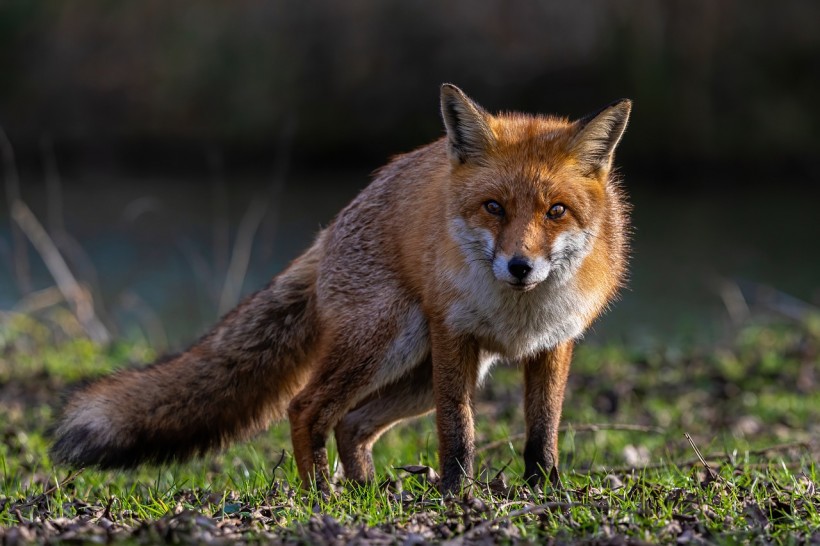The Animal and Plant Health Inspection Service (APHIS) of the United States Department of Agriculture (USDA) has announced 12 new highly pathogenic H5N1 avian influenza infections in mammals, including skunks, bears, a raccoon, and a red fox.
The USDA data discloses that avian influenza has spread in several animals in Minnesota after devastating commercial turkey flocks in the state and other upper Midwest states that resulted in meat and egg shortages.

Avian Influenza Is Spreading in Some Mammals in Minnesota After Devastating Commercial Turkey Flocks, USDA Data Reveals
H5N1 Avian Influenza in Mammals
The University of Minnesota's CIDRAP reports that the majority of the infected animals were from West Coast states such as Oregon, Washington, and Alaska. The virus was found in six skunks and one raccoon in Oregon. H5N1 was found in a raccoon in Washington, and a Kodiak bear on Kodiak Island in Alaska.
In other news, the H5N1 strain was discovered in a grizzly bear in Scotts Bluff County, Nebraska. A January 5 report from Scottsbluff Star Herald said that a bear was among four creatures at the Riverside Discovery Center that perished from avian flu, alongside a cougar and two tigers were among the others. The animals ate local geese that had been donated to the zoo.
Moreover, the virus was also found in a grizzly bear in Teton County and a red fox in Madison County in Montana. As of now, the total number of H5N1 infections in animals in the United States since April 2022 is 110.
APHIS has also documented a few additional outbreaks of poultry in Kansas, Missouri, and Oregon in the first few days of 2023. The Missouri and Oregon outbreaks include backyard birds, but the Kansas epidemic affects an 8,900-bird commercial game bird farm in Anderson County.
The H5N1 Eurasian virus has resulted in the deaths of 57.8 million birds across 47 states since its discovery in the US poultry in February 2022.
READ ALSO: Why Avian Influenza or Bird Flu in Humans Is More Severe Than Other Viruses
How Can the Avian Influenza Infect Other Animals?
According to the World Organisation for Animal Health (WOAH), avian influenza (AI) is a viral disease that affects both domestic and wild birds, although AI viruses have also been isolated from mammalian species, including humans, in some cases.
These viruses are classified into multiple subtypes (e.g., H5N1, H5N3, H5N8, etc.) and whose genetic characteristics change rapidly. The disease is found all over the world, but different subtypes are more common in certain areas than others.
There are several factors that contribute to the spread of AI, including globalization and international trade, farming and sale, and wild birds and migratory routes.
AI viruses are shed in the feces and respiratory secretions of birds. The viruses are always transmitted through direct contact with secretions from infected birds, often through feces or contaminated feed and water.
AI viruses are resistant and are capable of surviving for long periods in cold temperatures, which means they may be transmitted via farm equipment and quickly spread from farm to farm.
High pathogenicity avian influenza appears to be seasonal, with dissemination lowest in September, beginning to grow in October, and peaking in February, as per WOAH's gathered data since 2005.
RELATED ARTICLE: First Cases of Avian Influenza in Mammals Detected in Michigan State, Three Young Fox Dead
Check out more news and information on Avian Influenza in Science Times.














